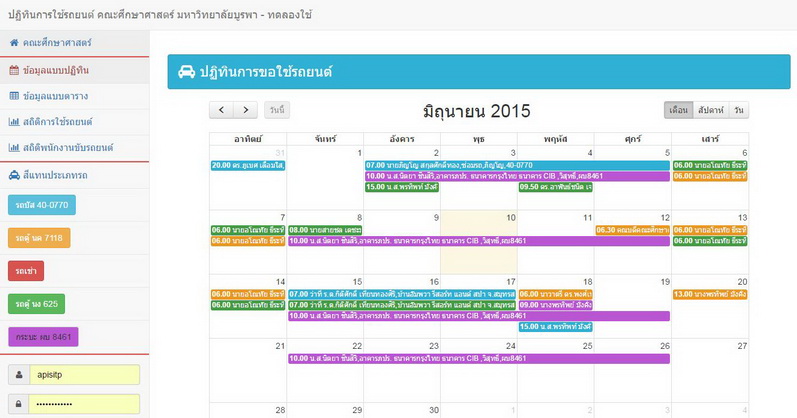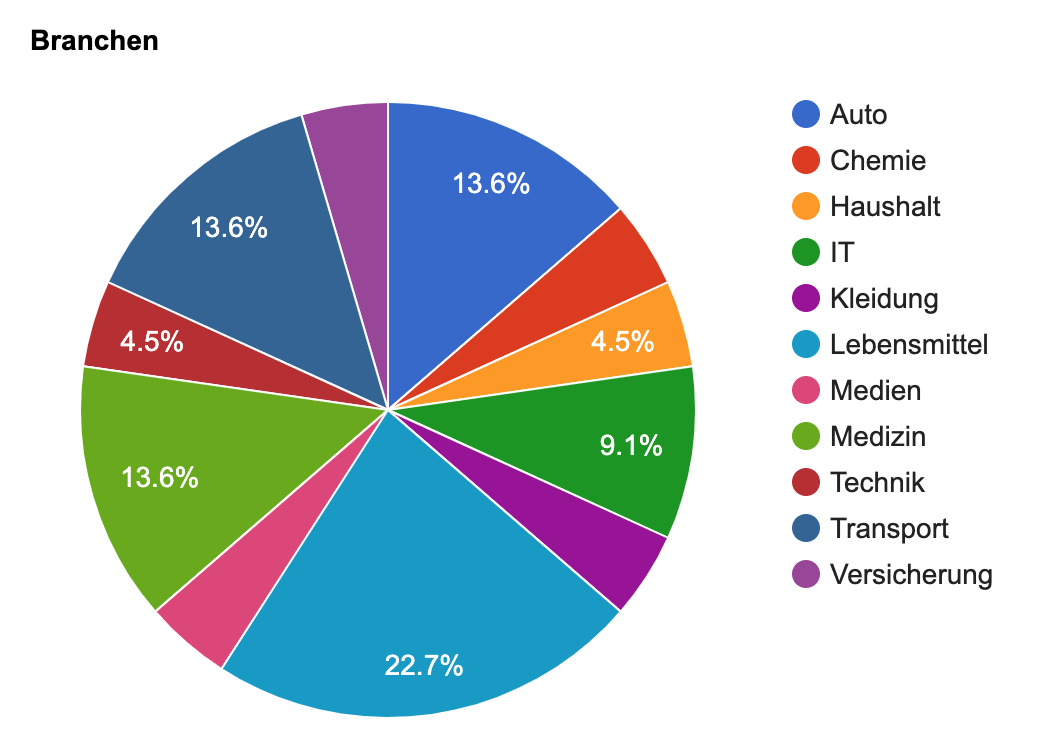

So it’s advised to only add indexes once a table starts to grow in size. However, for small tables having an index might actually make MySQL work harder because it has to process the index when running the query and write queries will get slower because it has to rebuild the index. An index uses storage space but the space it uses is normally minimal compared to the size of the database. There are some tradeoffs to consider when using indexes. However, once a table starts to grow in size (think millions of rows) you will start to notice a considerable impact on performance when querying the table without indexes. For small databases, the performance gains are minimal as querying small databases is so fast anyway. The index is used to quickly find the correct row or rows of data without having to scan the whole table every time.

Think of it like an index of a book but for your database table. If you happen to have read Iain’s previous post on SQL Query Optimization for faster WordPress sites then you will also have a decent idea of what database indexes are already.Ī database index improves the speed of retrieving data from a table by maintaining an “index” of the data. If you’ve ever created a table in MySQL with a primary key column (normally called id) MySQL has actually created an index for that column (called PRIMARY by default). If you’ve never thought about database indexing before, you might be surprised to learn that you have probably been using database indexes for quite some time. I was able to improve my performance by 100% in the example in this post but your mileage will almost certainly vary.
#Datasetfill laravel multilibrary chart how to
In this article, we’re going to look at how to use database indexes to improve the performance of queries so that your Laravel app doesn’t become sluggish when you start to query lots of data.
#Datasetfill laravel multilibrary chart code
In my last article we looked at some simple commands and some basic code tweaks we could use to optimize the performance of a Laravel application. Optimizing Laravel Part 4: Queues, Front-end & Opcache Considerations.Optimizing Laravel Part 3: Improving Performance with Object Caching.Optimizing Laravel Part 2: Improving Query Performance with Database Indexing

This is article 2 of 4 in the series “Optimizing Laravel”


 0 kommentar(er)
0 kommentar(er)
